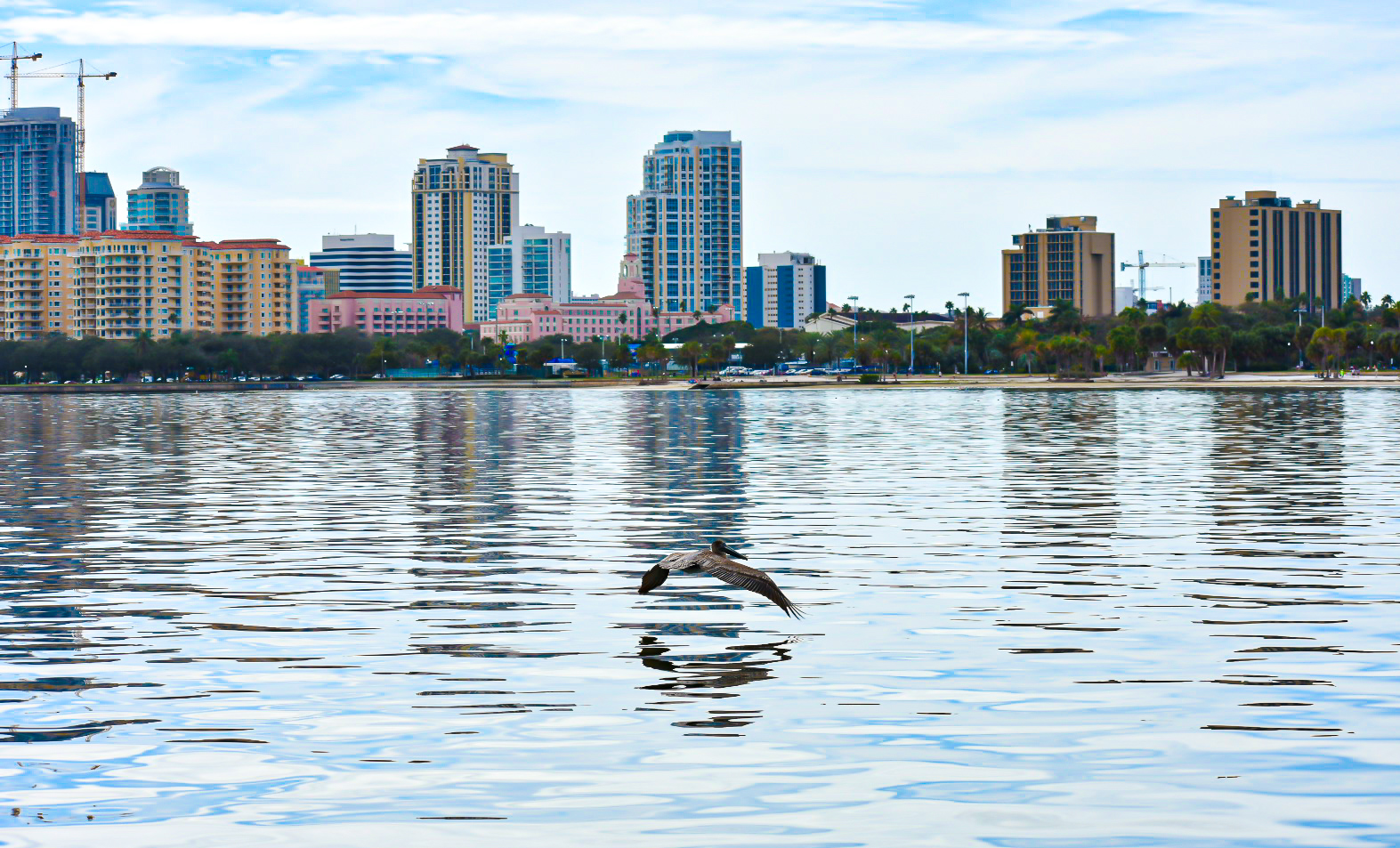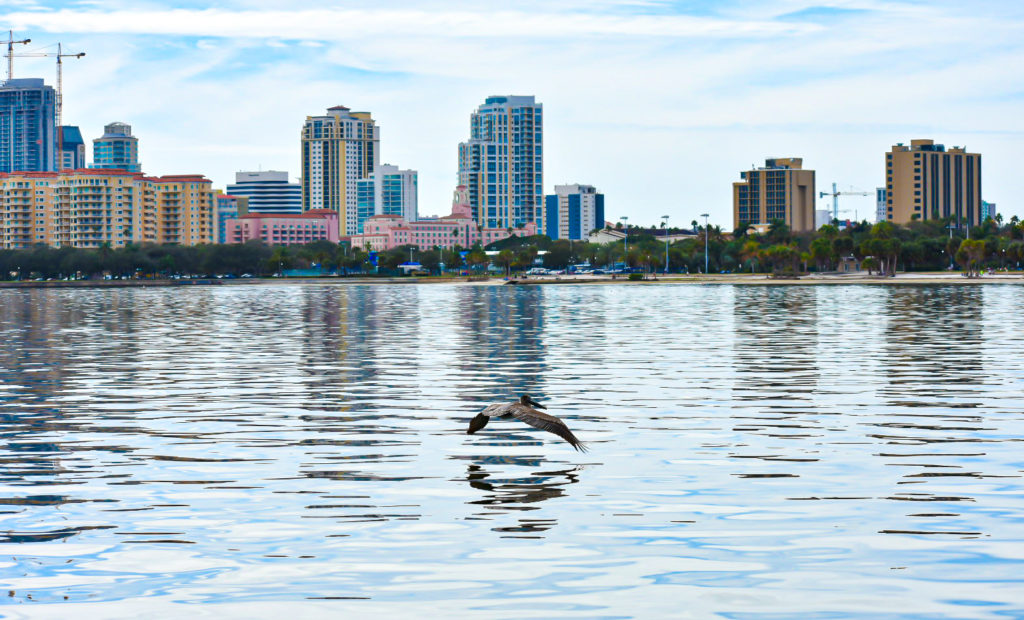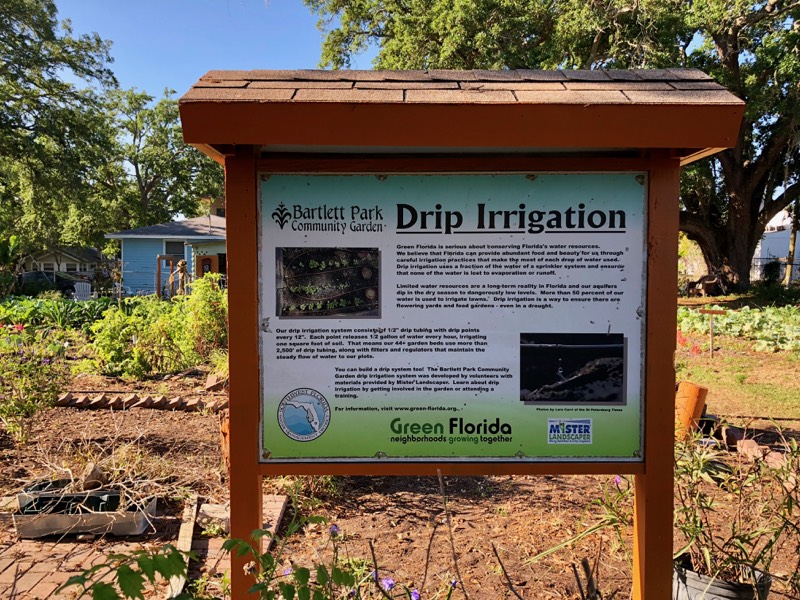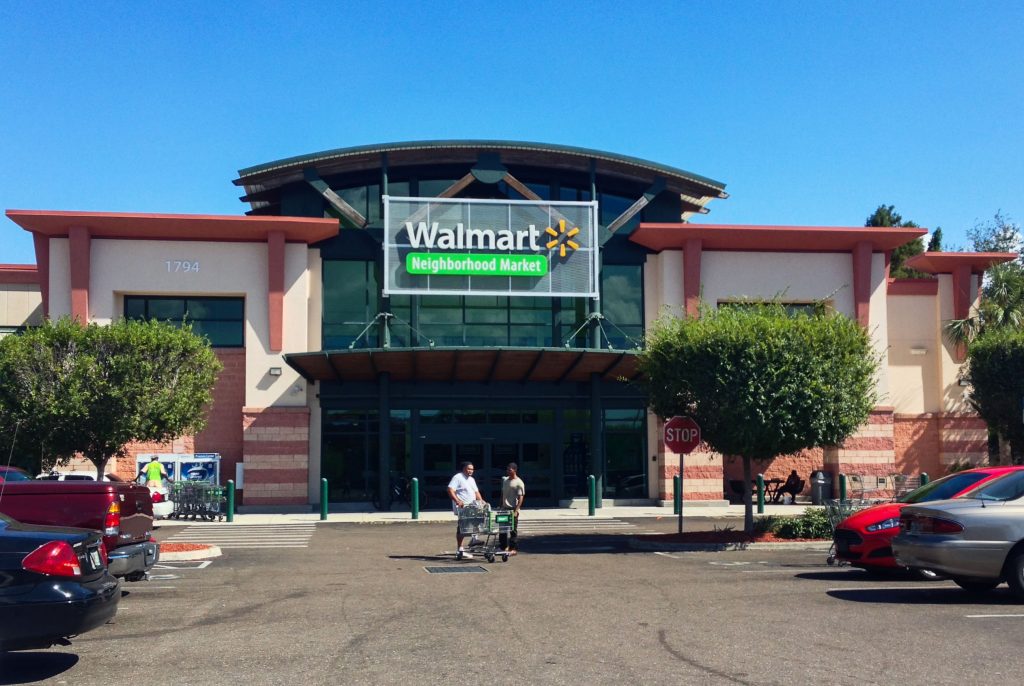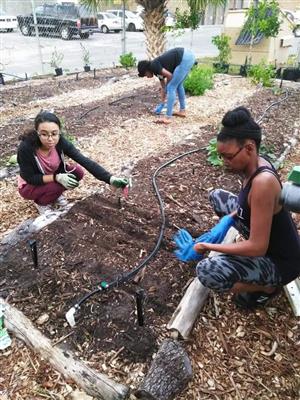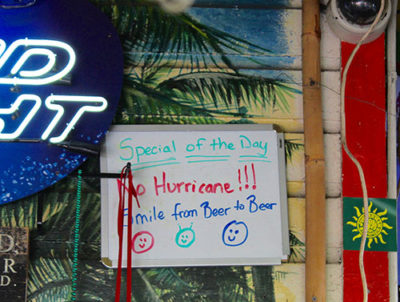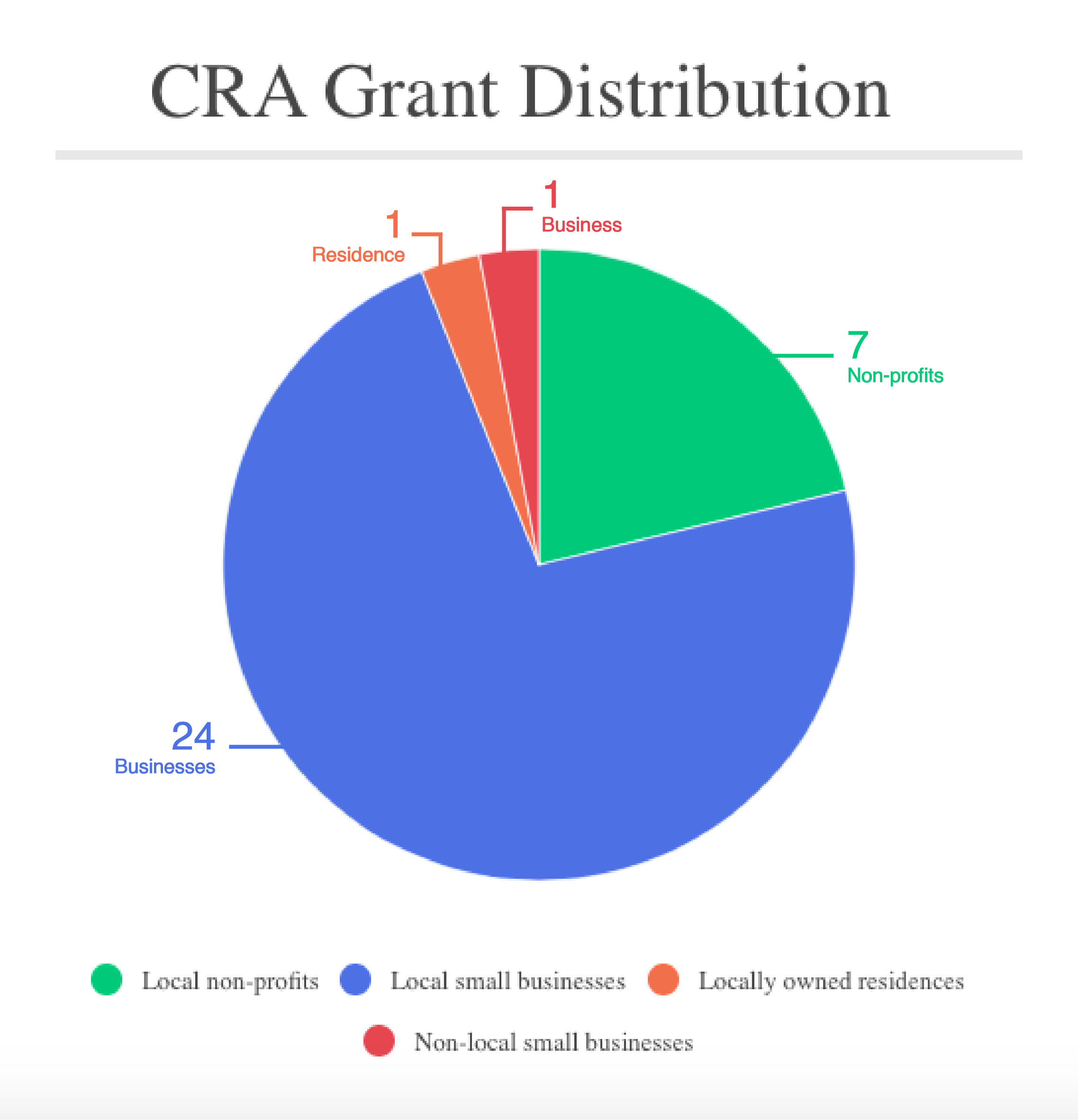By Kairo Munoz
As unhoused individuals struggle with the loss of their livelihoods, nonprofits and activists push for housing reform, despite facing significant pushbacks.
As the enactment date for Gov. Ron DeSantis’ House Bill 1365 approached, law enforcement and homeless organizations prepared for incoming risks.
The bill bans public sleeping and camping, with another section set to be enacted in January 2025, allowing complaints to local governments if issues are not resolved within five business days.
With the assistance of the Homeless Leadership Alliance, Pinellas Continuum of Care erected a task force to confront challenges brought on by HB 1365.
However, preparations were delayed due to Hurricanes Helene and Milton, as Florida focused on repairing damage caused by heavy rains, floods and winds.
“The anti-camping legislation really kind of went under the radar because we were so focused on the storms that arose,” said Nicholas Carey from the HLA board of directors, “but the reality is it just has the likelihood of impacting even more people now that might be struggling with being unhoused for the first time in their lives.”
Carey said task force meetings aimed to address harmful policies and maximize limited resources for unhoused populations.
Gulfport City Council member April Thanos joined the CoC’s task force in April to tackle the shortage of shelter space and funding. She said the state’s $10 million allocation for these expenses is nothing short of a “drop in the bucket” compared to the actual costs local governments face.
Further compounding this problem was Gulfport’s enactment of a time-strict version of HB 1365, operational between 9 p.m. to 6 a.m.
According to Thanos, the enactment of this local ordinance stemmed from a misunderstanding of the city’s compliance with the house bill, now resulting in two different, but similar, laws.
For Gulfport, Thanos pointed out how it’s not like St. Petersburg, where the city engages in housing projects, offering rooms and apartments to unhoused people. Instead, Gulfport must rely on the help of nonprofit thrift stores and shelters like Goodwill and St. Vincent de Paul.
Shelters like Pinellas Hope, operated by the Catholic Charities Diocese of St. Petersburg, faced evacuation orders during both hurricanes. Pinellas Hope Director Joe Pondolfino said that most of the residents took refuge in Largo High School and Palm Harbor University High School.
Upon returning, Pondolfino found all 159 of their tents destroyed. In addition, more than 50 trees were tumbled by high winds and three vehicles were found to be completely flooded in the parking lot.

To account for these damages, CCDSP established a disaster relief fund. A move welcomed by Pondolfino as the shelter had run out of deficit and had been looking to the community to help keep the shelter afloat, especially with the ongoing anti-public sleeping and camping ban.
“[HB 1365] raises awareness of the need for more services,” Pondolfino said. “[Pinellas Hope] has become a focus point of the homeless in our area and the services needed to get them helped.”
Pondolfino said that he doesn’t know how far law enforcement will go in carrying out this law, but he wants to focus on providing services to those who need them.
On the other hand, Thanos has been raising awareness among homeowners about FEMA benefits, warning that repairing without a permit could lead to higher costs and cause the city to lose flood insurance eligibility and discounts.
Furthermore, FEMA’s 50% rule, a regulation by the National Flood Insurance Program, covers improvements made on a structure if the costs were to exceed 50% of the property’s market value, not including the land. This would require the homeowner to issue a permit and bring the property into compliance with the Florida Building Code and the community’s floodplain management regulations.
Even then, some people may not end up qualifying for FEMA’s housing assistance or may find trouble in finding a place that accepts FEMA vouchers. Thanos said that people may feel financially stressed, as they may still be paying a mortgage for a house they cannot physically live in on top of having to rent a place to stay.

Thanos said she had been trying to convince city council to add accessory dwelling units, arguing that it may help with the housing crisis and could provide a place for people whose houses were flooded, but it was all to no avail, as “there hasn’t been much inclination [from city council] to want to deal with even the easiest solutions.”
“They haven’t been willing to even discuss it,” Thanos said. “I’ve had several people come and talk to us about the benefits of it, but they are not interested.”
Thanos isn’t the only person attempting to offer solutions to the unhoused community. Carey had been in the running for District 3 St. Petersburg’s City Council on a progressive platform, promising rent control, tenant protections and accessible housing.
Carey had taken part in protests pressuring city hall to enact rent control around February and August of 2022. He said that the problems concerning the housing crisis stem from real estate letting the market decide the price of what should be a tenable basic need.
“The reality is that people will pay whatever it takes to keep themselves safe,” Carey said. “And so that just continues to drive prices upward.”
Furthermore, Carey highlighted that the housing crisis problem had grown worse around the pandemic, as folks coming in from higher paying areas of the country move to Florida, further increasing house prices.
In response to this, Carey has been championing the concept of social housing, which would allow the government to directly own housing, and allow homeowners to pay only 30% of their income. On top of that, Carey highlighted that developers need to be held accountable and pay their fair share of impact fees instead of leaving most of it up to taxpayers.
Forward Pinellas, a countywide organization overseeing transportation, land use and redevelopment, is working on various projects across the city. Its executive director, Whit Blanton, expressed support for the Housing Action Plan, which aims to build 10,000 housing units in Pinellas County over the next decade.
“The more housing supply we build, the more affordable housing will become in time,” Blanton said. “As newer homes get built […] older ones will be freed up, and older housing is affordable housing, generally.”
According to Blanton and other housing advocates, the fight for housing rights and homeless services remains an uphill battle, with a long road still ahead.

